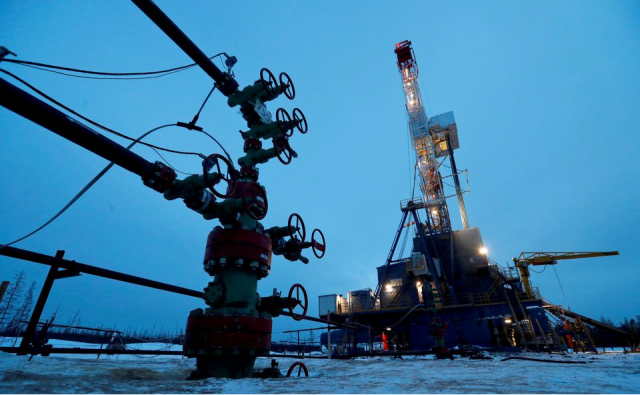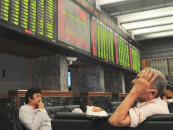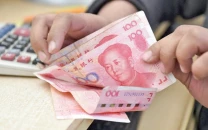Oil rises as bullish demand outlook offsets India concerns
Both crude contracts climb for third consecutive day

Oil prices extended gains on Thursday after rising 1% in the previous session, as bullish forecasts of recovering demand outweighed concerns about the impact of rising Covid-19 cases in Brazil, India and Japan.
Brent crude rose $0.89, or 1.3%, to $68.16 a barrel by 1115 GMT, and US West Texas Intermediate crude was up $0.83, or 1.3%, at $64.69 a barrel. This is the third consecutive day that both contracts have climbed.
“The performance of the past few days demonstrates the unbroken faith of the market in healthy economic and demand recovery,” Tamas Varga, analyst at PVM Oil associates, said.
“It also implies that the perilous and devastating Covid nightmare engulfing India, Japan and Turkey, amongst others, is not expected to have a long-lasting impact on economic expansion.”
Organisation of the Petroleum Exporting Countries (OPEC) and its allies, a group known as OPEC+, stuck to their plans this week for a gradual easing of oil production curbs from May to July.
OPEC+ expects global stocks to reach 2.95 billion barrels in July, taking them below the 2015-2019 average.
“A closer look at the state of global oil inventories suggests that the market may be closer to the point of rebalancing than what OPEC+ may think,” Citi analysts said, adding that the market has absorbed most of the crude inventory overhang, although refined product inventories are still relatively high.
The bank expects vaccination campaigns in North America and Europe to boost oil demand to a record high of 101.5 million barrels per day (bpd) over the northern hemisphere summer months, but said rising Covid-19 cases in Brazil and India could hit local demand if stricter lockdowns are re-imposed.
“The outbreak in India is holding back oil’s rally,” Howie Lee, an economist at Singapore’s OCBC bank, said.
Europe’s major energy companies profited from a rise in oil prices to report big increases in first-quarter earnings, putting the worst of a pandemic-linked slump in fuel demand behind them.
Total and Equinor reported first-quarter profits above pre-pandemic levels.
A weak dollar also lent some support to oil. The dollar was pinned near nine-week lows as a dovish outlook from the US Federal Reserve and bold spending plans from the White House gave the green light for the global reflation trade.
Investors also focused on a ramp-up in US refinery operating rates and a drawdown in distillate stocks last week, in data released by the Energy Information Administration on Wednesday.



















COMMENTS
Comments are moderated and generally will be posted if they are on-topic and not abusive.
For more information, please see our Comments FAQ